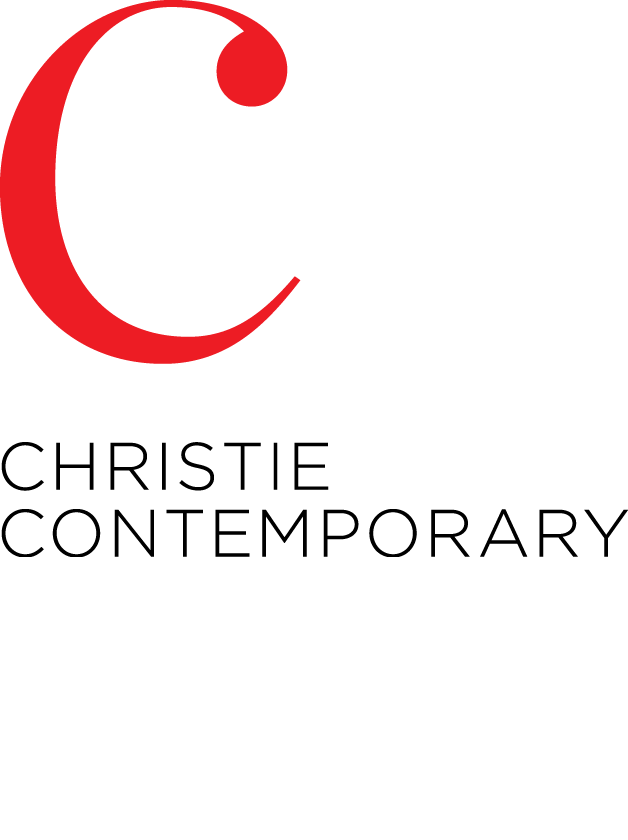Adam Swica has consistently enlisted light as a tangible element within his photographs. Often employed as a strategy to transform material combinations assembled in his studio into recognizable “scenes,” in this exhibition, light—aside from being a necessary component of any photograph—acquires a sculptural bearing, a kind of palpable luminosity, held taut for the eye.
In building the in-camera images presented in Documents, Swica kept his subject simple: a sheet of paper suspended from thread. For each photograph, a cascading slate of steps and calculations is enacted to populate the surface of the negative. During this process, the suspended sheet is coaxed into a rotational spiral, while various factors may change—the alternating colour of the light projected onto the paper, the coloured paper stock might be switched out, the studio background may shift from black to white to black again, the camera magazine might be flipped, and all the while the natural light streaming in from the skylights overhead fluctuates as conditions change in the sky. At the same time, Swica is indexing each shutter exposure in his head, tracking the expected outcomes of his evolving photographic object. While multiple-exposure is by nature a process of accumulation, Swica favours the ways in which it can act as a program of reduction, predicting how successive shots might eclipse areas of prior capture to set the final image in an act of emergence, appearing to have solidity of form, embedded within a complex suite of trace impressions.
The works under the collective title “fig.” demonstrate how repeated operations can yield similar forms across different works, distinguished by variations in colour, combined with the inevitably unique features of the paper in transit, characterized by angular veils of white light. The centralized images appear figural, shrouded, shaped by the faint impressions that surround them. While this emerging figure would seem to constitute the “weight” of the image, it is the gauzy white impressions that are the workhorses here, their dimensions worn into the negative through successive captures to the point of near erasure.
Essentially, each photograph is experimental, exploiting the gap that exists between intent and result, because while specificity and chance are not weighted equally, they are both necessary elements in the process. For Swica, it is about the alluring potential of coaxing an object into being where none previously existed.


